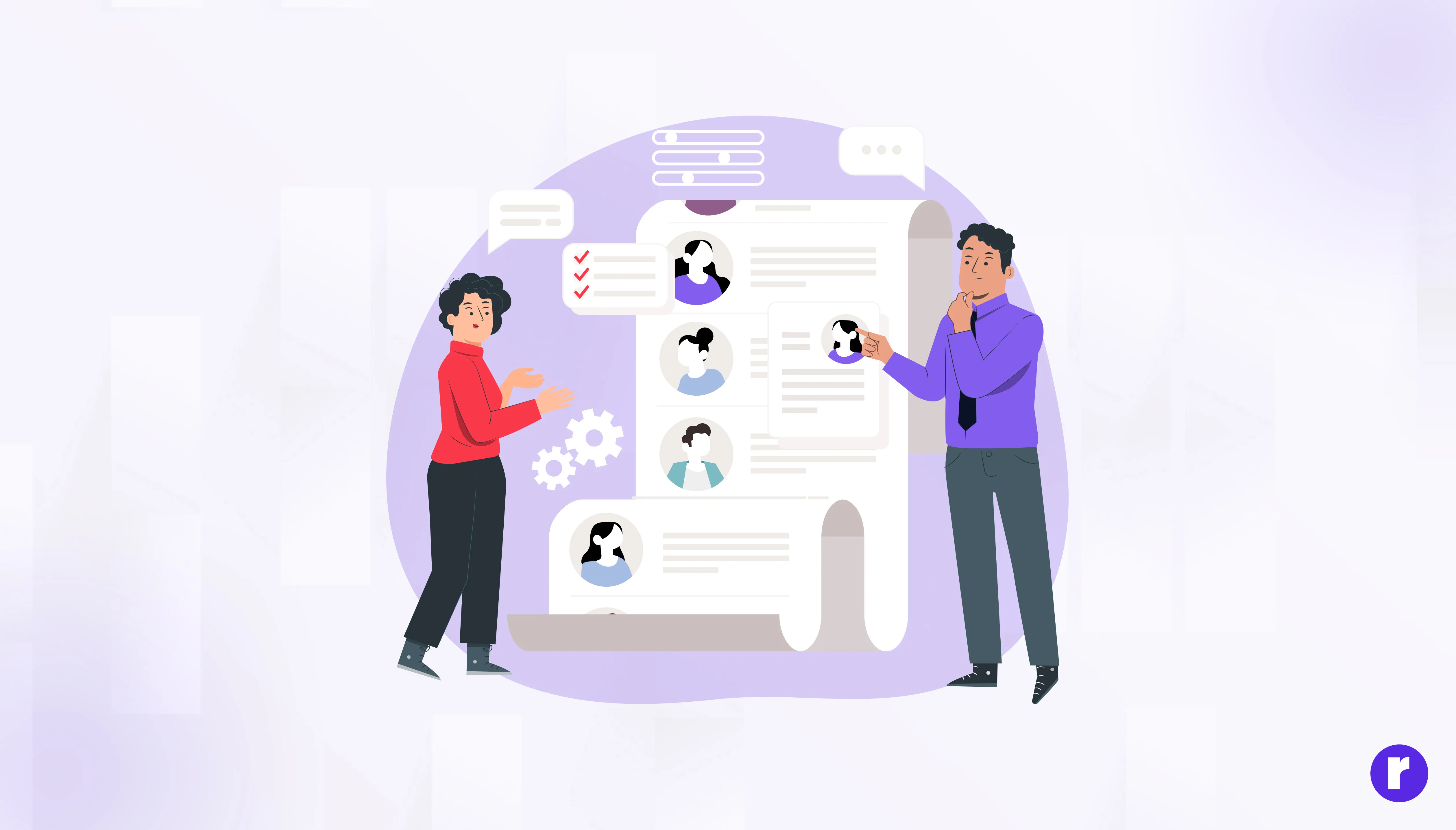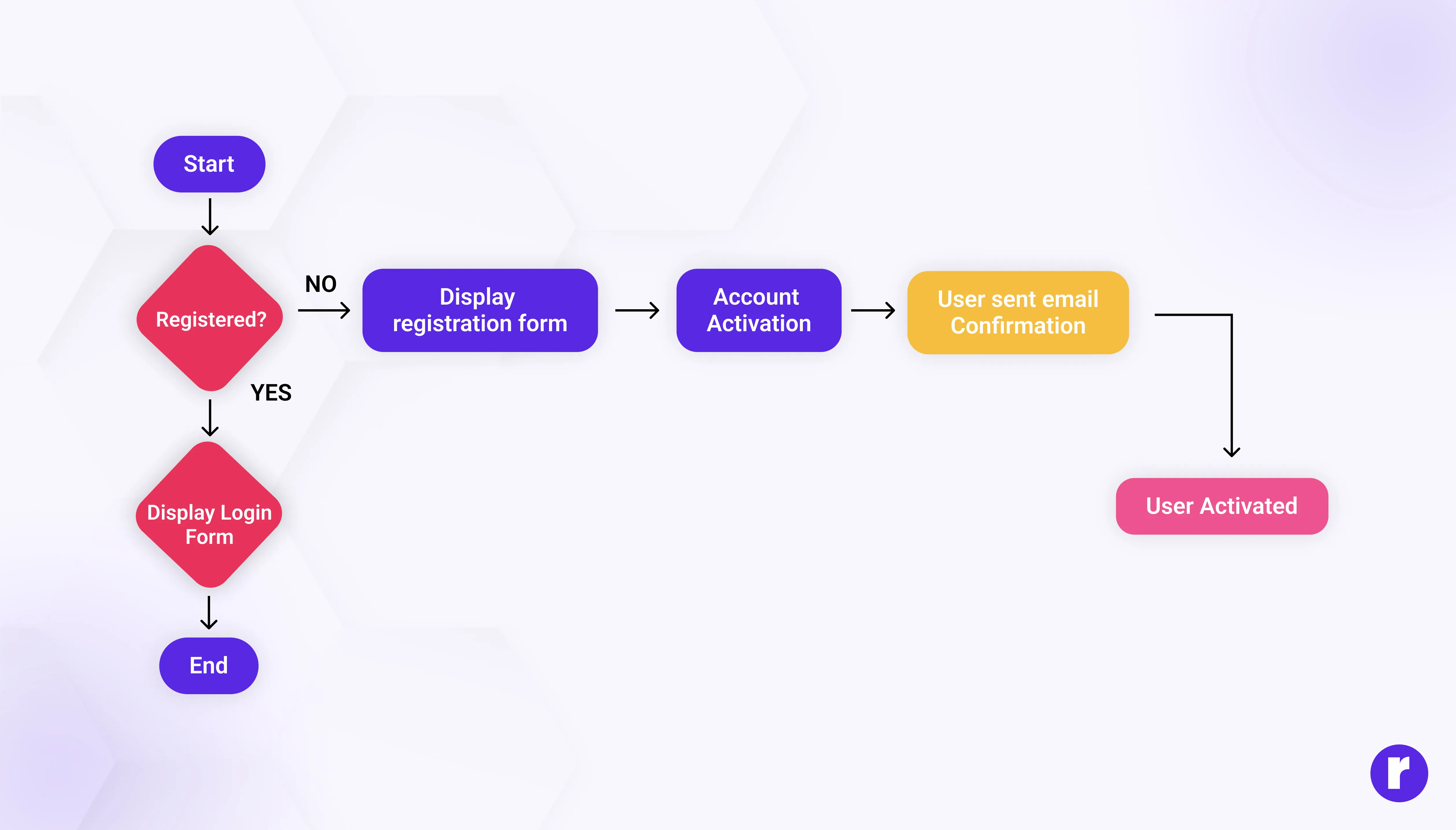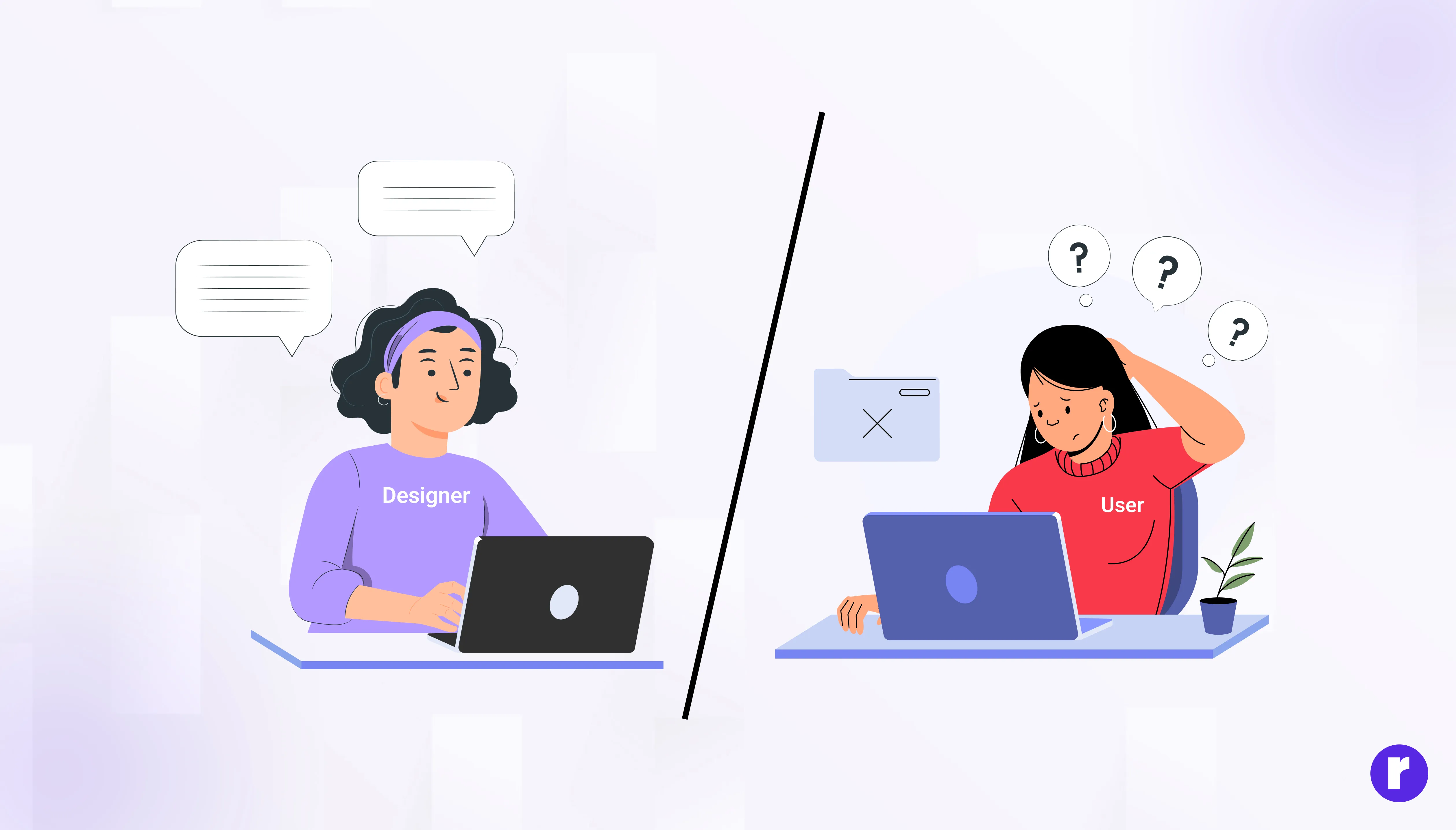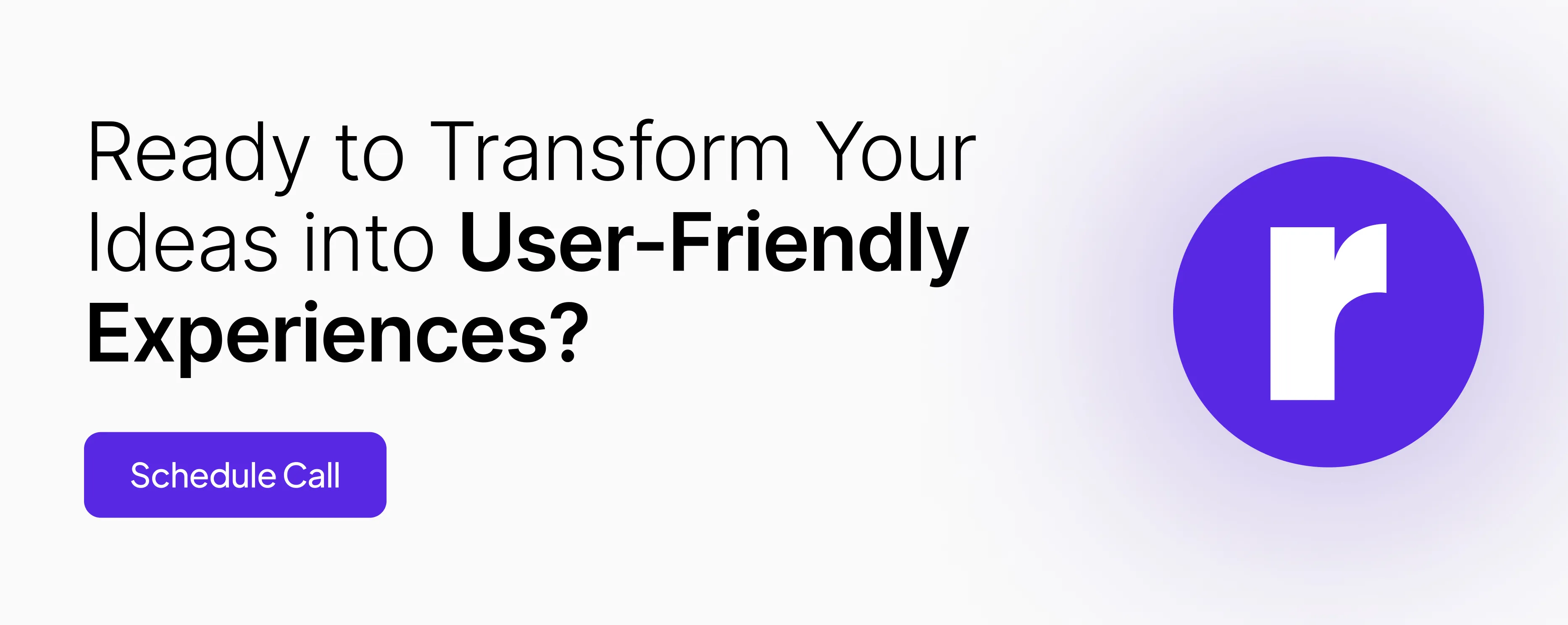Think Like Your User: A Guide to Pre-Design Discovery

Written by
Vishal Baloda
UI/UX Designer
Sumit Verma
UI/UX Designer
Table of contents
Build with Radial Code
Genuinely understanding your users is the foundation of impactful design. This guide will help you shift your mindset from designer to user, so you can see, feel, and think the way they do. Pre-design discovery uncovers the real needs, behaviors, and pain points your users face. It lays the foundation for building experiences that are not only functional but truly meaningful.
Who is the User?
In UX design, a user refers to anyone who engages with your product—be it an app, a website, or any other digital experience. Understanding their needs, behaviors, and emotions is key to creating effective and user-friendly designs.
Why Pre-Design Discovery Matters
Before you start any design project, it's crucial to think like your user. Pre-design discovery helps you uncover the real needs and challenges of your users, ensuring your product offers meaningful solutions. By following these five essential steps, you can gain deeper insights into your users and create more engaging, user-centered designs.
1. Start with Empathy

Empathy is the cornerstone of user-centered design. It involves putting aside your assumptions and genuinely striving to understand what your users are feeling and experiencing. This step is about listening more than talking. It requires observing behaviors, recognizing pain points, and understanding the emotional journey your users undergo.
Pro Tip: Practice active listening during user interviews—sometimes what users don't say directly reveals the most valuable insights.
2. Conduct User Research

Utilize both qualitative (interviews, observations) and quantitative (surveys, analytics) methods to gather direct insights from real users. Avoid making assumptions or relying on guesswork. Ask open-ended questions, explore daily routines, and learn how users currently address the problem you're tackling.
Example: Suppose you’re designing a meditation app. After interviewing users, you discover that many of them prefer quick, 5-minute sessions during busy mornings rather than long meditations at night. Based on this insight, you design a "Quick Calm" feature that offers short, guided meditations tailored to morning routines. Read more about UX Research here.
3. Create User Personas

Personas are simple, made-up profiles based on real user research. They represent different types of users who might use your product. Good personas include basic details like age, goals, challenges, and habits to help you design better for real people.
Pro Tip: When creating user personas, focus on real user goals, frustrations, and behaviors instead of generic demographic details. This makes your design decisions more practical and user-centered.
4. Map the User Journey

A user journey map outlines every step a user takes when interacting with your product. It highlights friction points and reveals opportunities to create a smoother, more enjoyable user experience. Include emotions, touchpoints, actions, and potential barriers.
Example: Imagine you're designing a fitness app. You create a persona like 'Busy Parent Priya, 35, who wants short 20-minute workouts she can do at home while her kids nap.' This helps you focus the app features on quick workouts, easy scheduling, and reminders.
5. Avoid Designing for Yourself

It’s easy to design based on your own preferences—but your user may have different tech skills, habits, or priorities. Challenge your assumptions by talking to real users and observing their interactions with similar tools.
Pro Tip: Read more about mastering the fundamentals of UI design here.
Conclusion
Pre-design discovery is where great design begins. By thinking like your user from the outset, you ensure that every decision is intentional and user-focused. Continue learning, stay curious, and always design with empathy as your guiding principle. Also, consider accessibility features such as easy navigation and voice assistance to make your designs even more inclusive.
